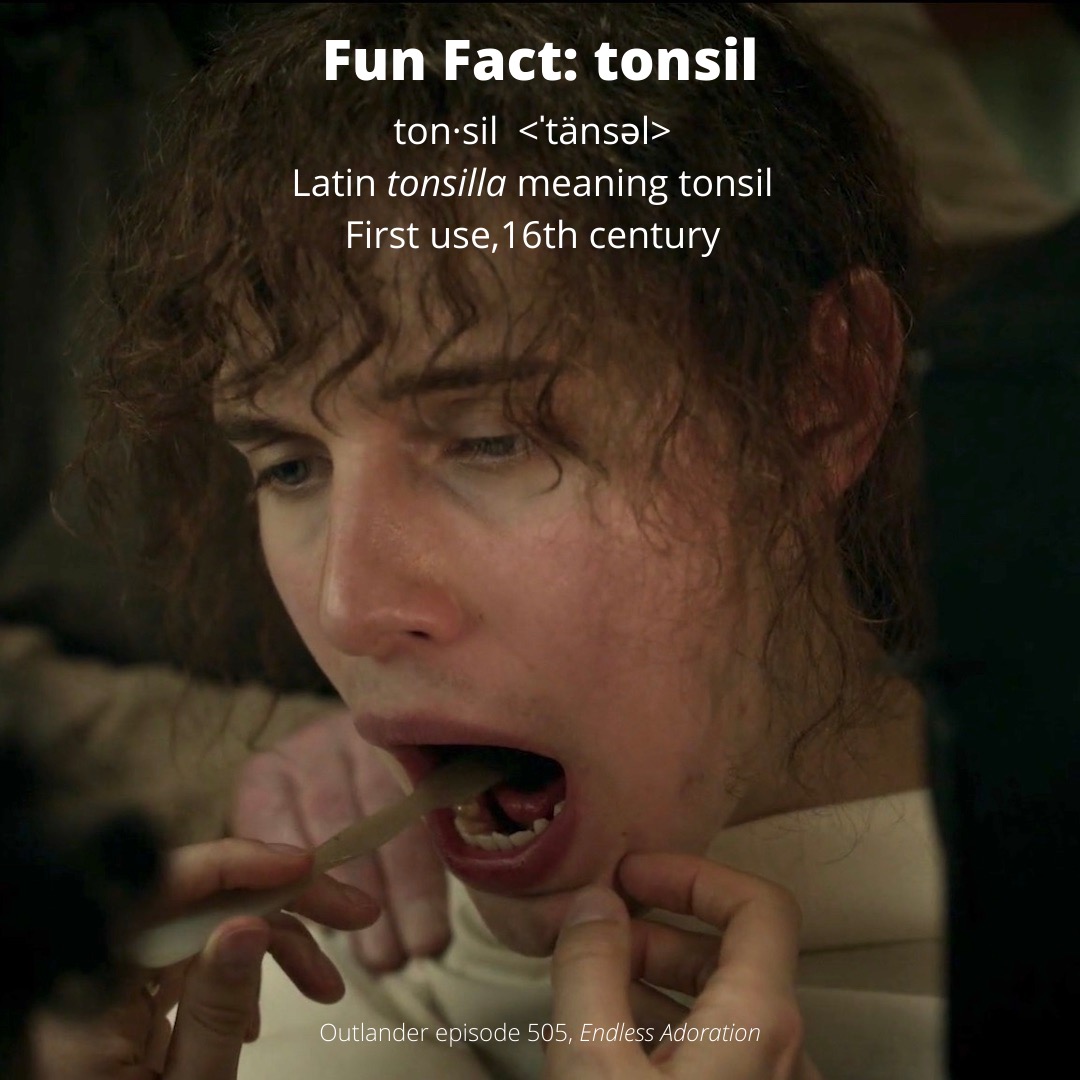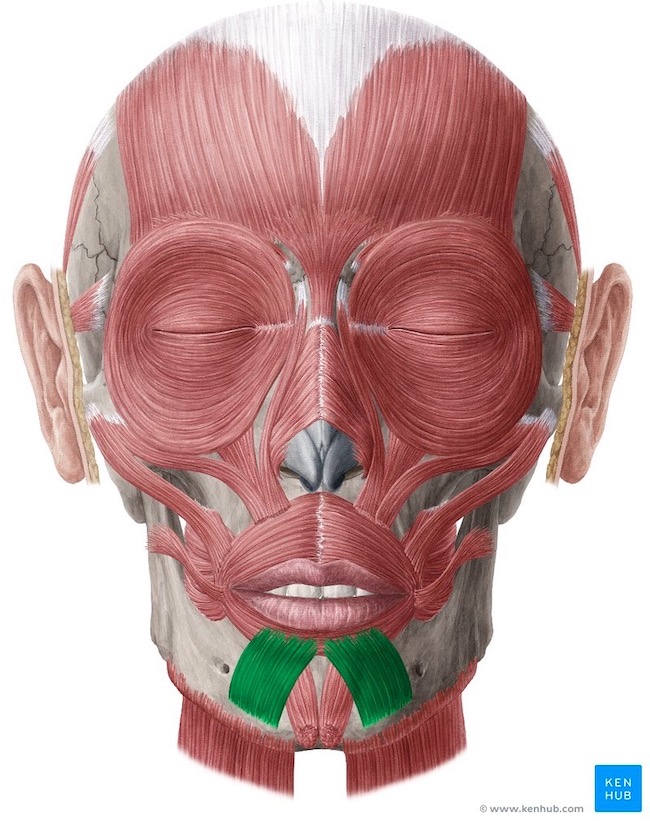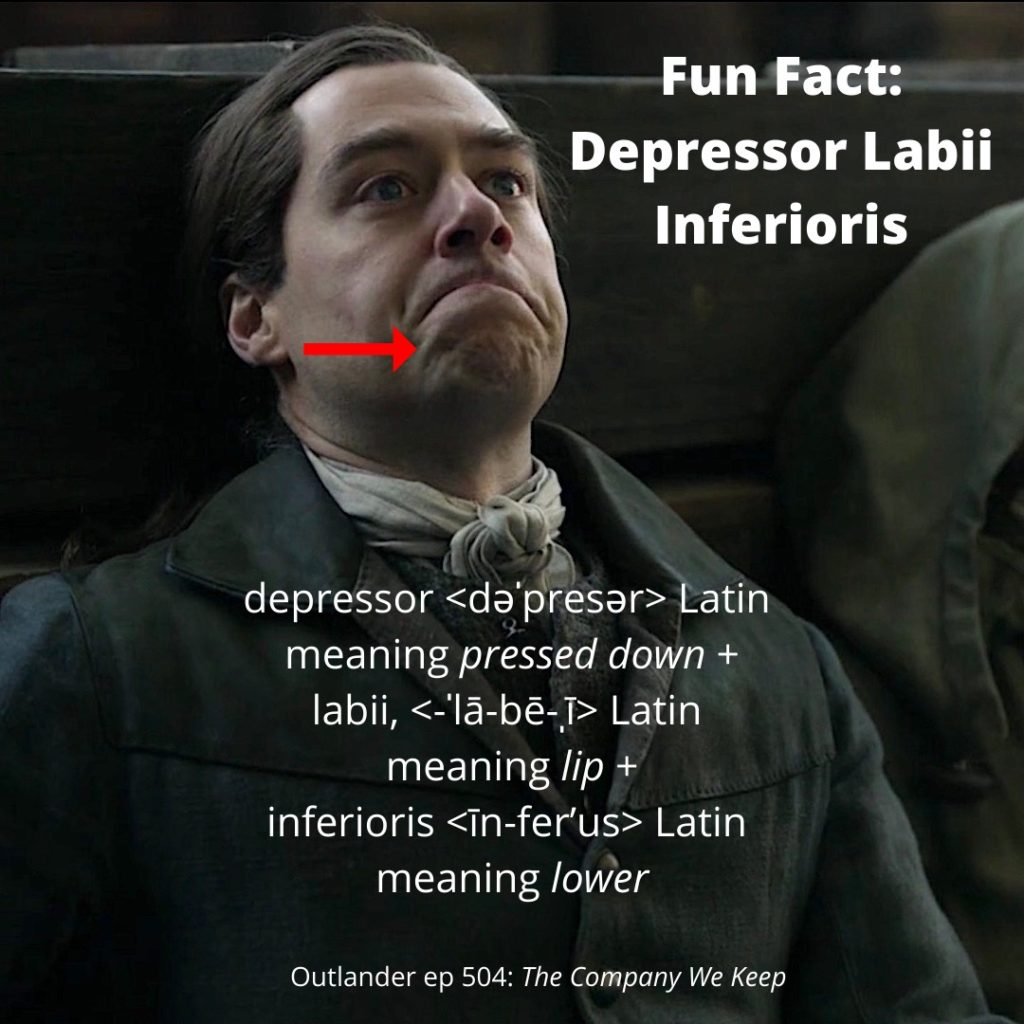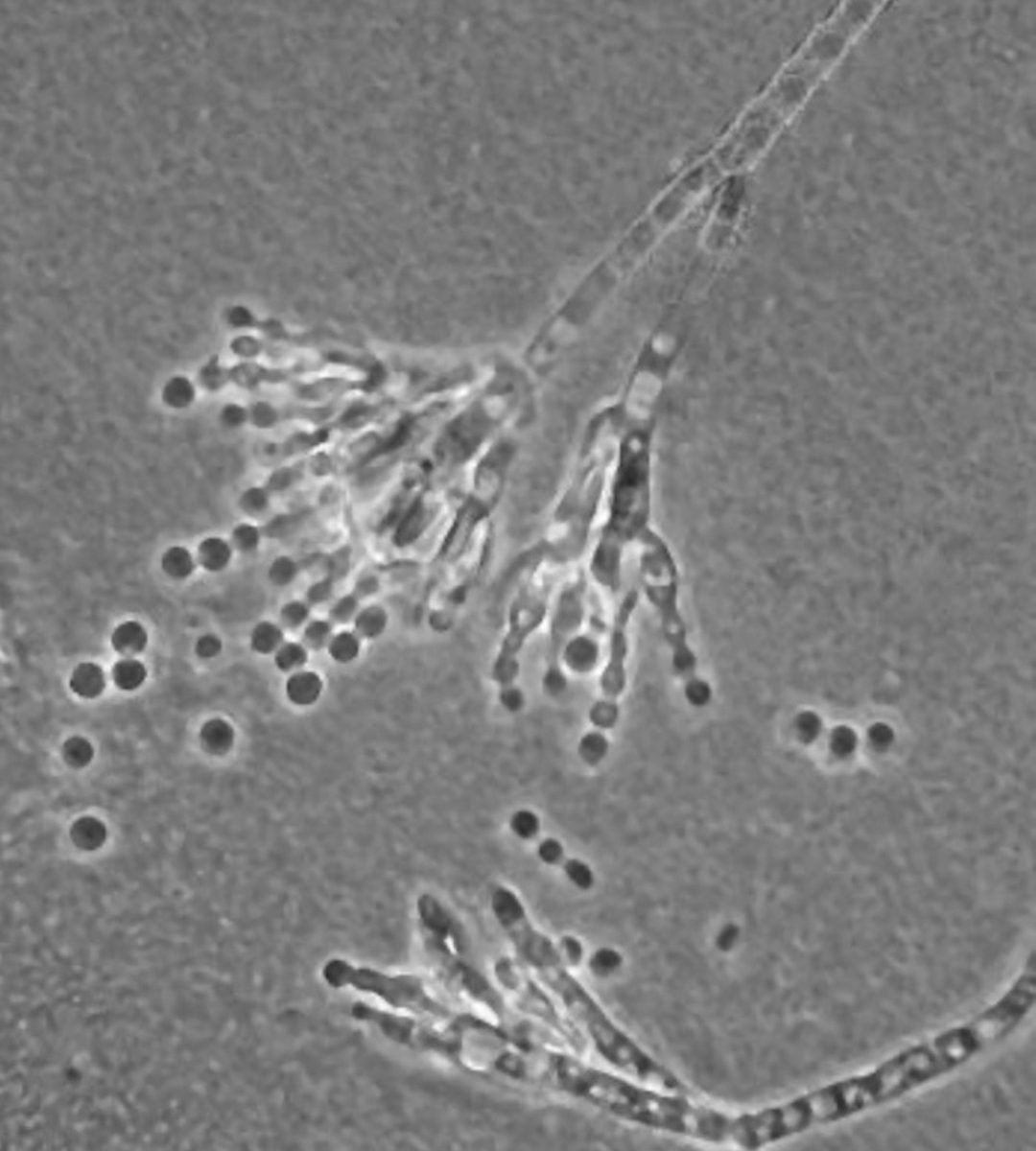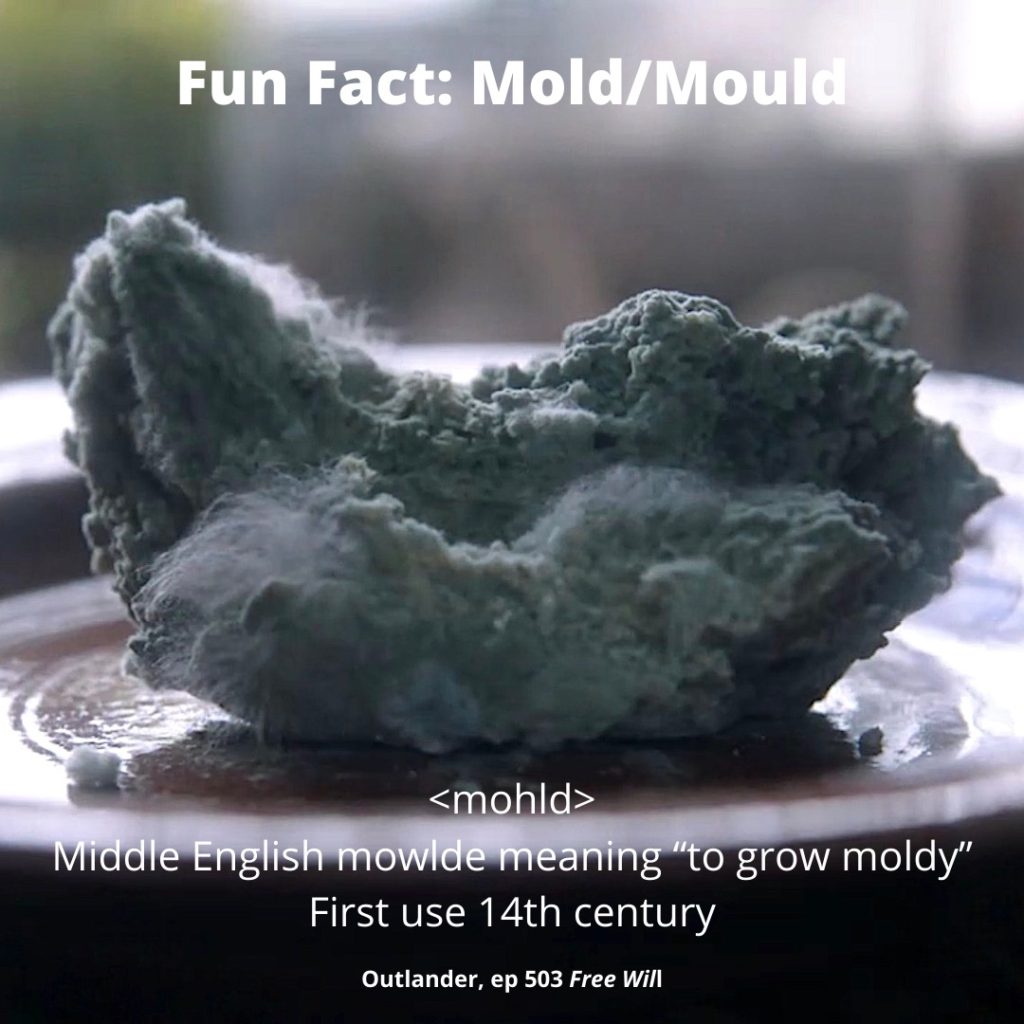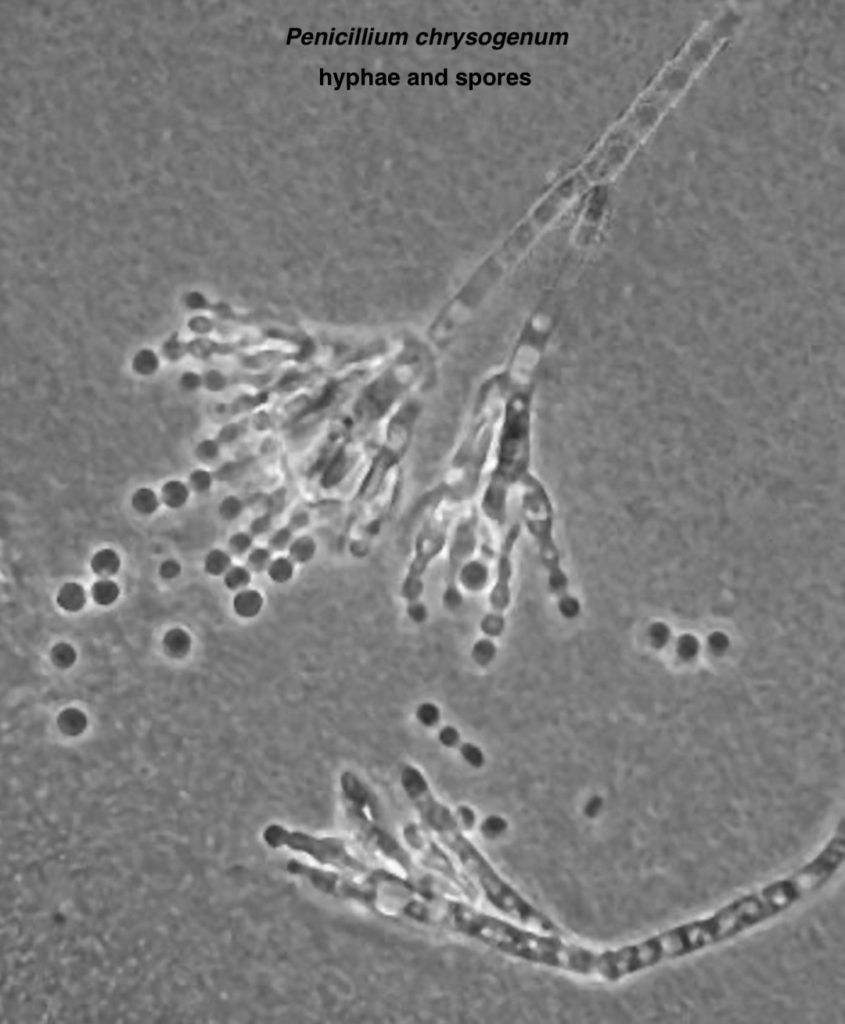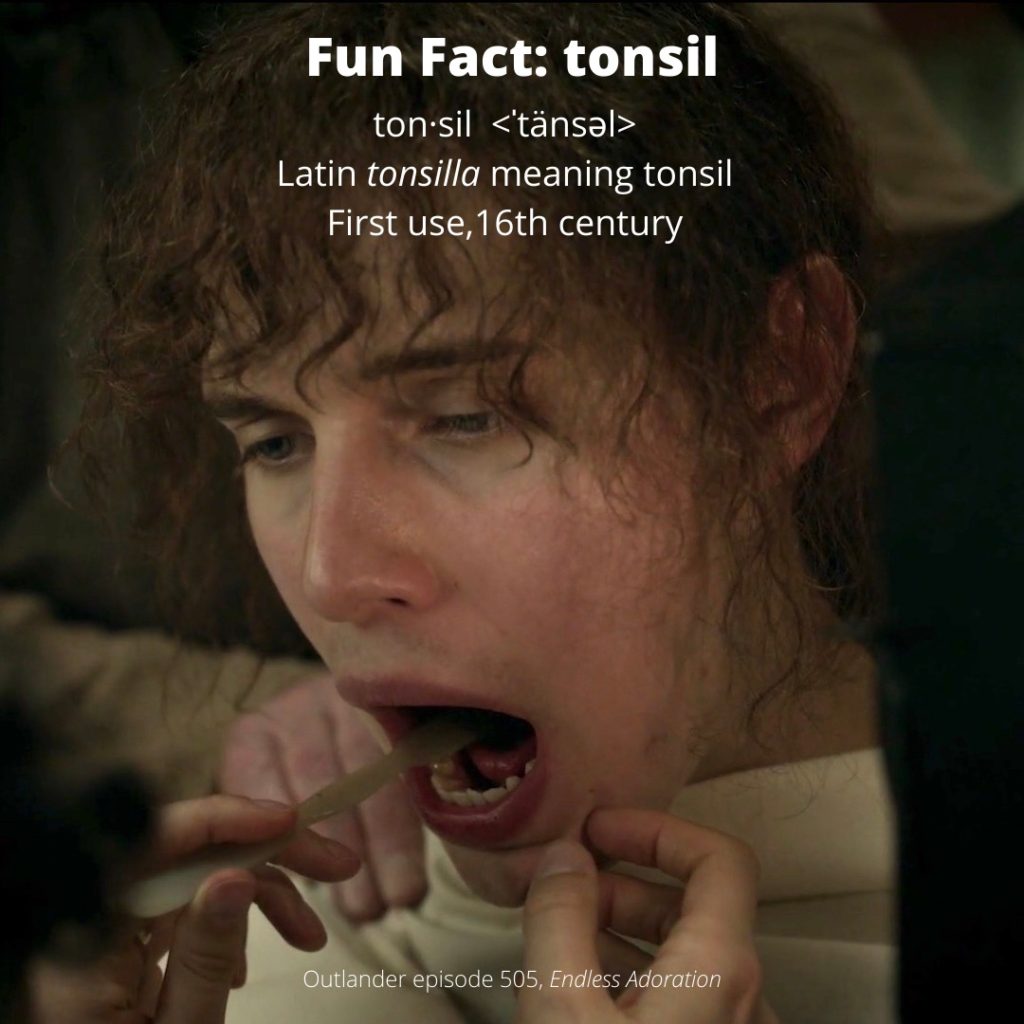
Anatomy Def: Tonsils are masses of lymphoid tissue located in oropharynx (behind mouth) and nasopharynx (back of throat).
Outlander Def: The “say “ahhhh” tissues!”
Learn about tonsils in Anatomy Lesson #34, G.I. Tract, Part 2 – Tremendous Tube!
Most folks are familiar with a pair of tonsils we see via an open mouth. But, our nasopharynx and oropharynx are equipped with several sets of tonsils.
Anatomists agree there are three sets of tonsils and many add a fourth (see L image👇🏻):
-
- Palatine tonsils: Paired masses at back of mouth (blue)
- Lingual tonsil: Unpaired mass embedded in back of tongue (green)
- Pharyngeal tonsil: Unpaired mass embedded in back of pharynx (yellow)
- Tubal tonsil: Paired masses surrounding opening of eustachian tube (violet)
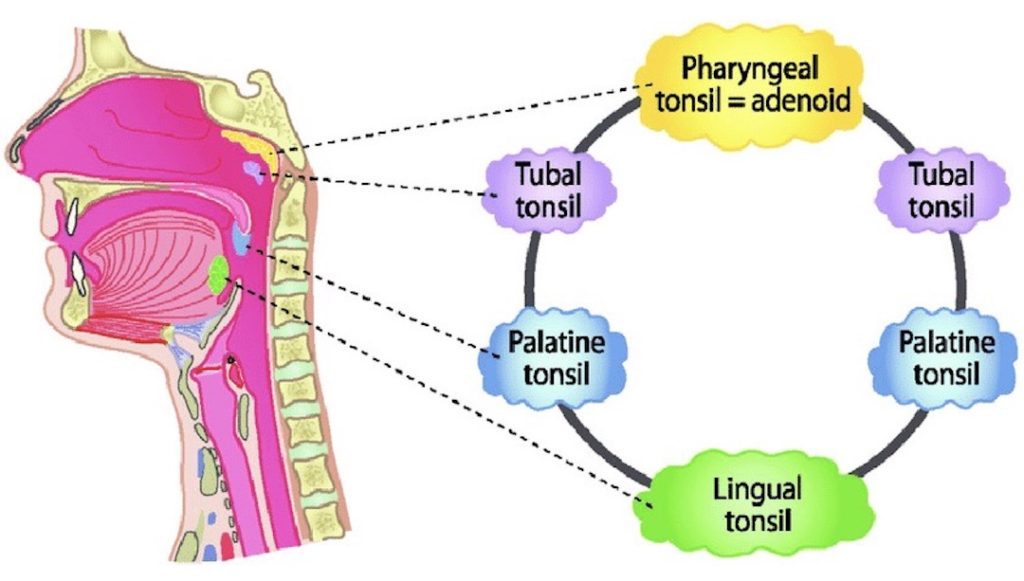
What are tonsils? Tonsils are masses of lymphoid tissue that produce defensive cells known as lymphocytes. If viewed from the front (see R image 👆🏻) , the four sets of tonsils form Waldeyer’s ring, a circle of lymphoid tissues.
What are tonsils for? Tonsils are strategically oriented in Waldeyer’s ring to encounter antigens we breathe in via the nose or swallow through the mouth. The tissues respond by mounting an immune response against the antigens, producing antibodies and pursuing other defensive tactics.
Fun Fact: Tonsillectomies were once the most common surgery done on US children. Today, they are performed mostly to treat breathing problems or chronic issues that are not resolved by other forms of treatment.
Read about Josiah’s tonsillectomy in Diana’s 5th big book, The Fiery Cross!
“All right, then?” I asked.
He couldn’t speak, with the tongue depressor in his mouth, but made a good-natured sort of grunt that I took for assent.
I needed to be quick, and I was. The preparations had taken hours; the operation, no more than a few seconds. I seized one spongy red tonsil with the forceps, stretched it toward me, and made several small, quick cuts, deftly separating the layers of tissue. A trickle of blood was running out of the boy’s mouth and down his chin, but nothing serious.
…The whole thing couldn’t have taken more than thirty seconds per side. I drew the instruments out of Josiah’s mouth, and he goggled at me, astonished. Then he coughed, gagged, leaned forward, and another small chunk of flesh bounced into the basin with a small splat, together with a quantity of bright red blood.
See Claire perform a tonsillectomy on puir Kezzie in Outlander episode 505, Perpetual Adoration! Let’s hear it for the brave laddies!
The deeply grateful,
Outlander Anatomist
Follow me on:
-
- Twitter @OutLandAnatomy
- Join my Facebook Group: OutlandishAnatomyLessons
- Instagram: @outlanderanatomy
- Tumblr: @outlanderanatomy
- Youtube: Outlander Anatomy
Photo credit: Sony/Starz; www.researchgate.net

